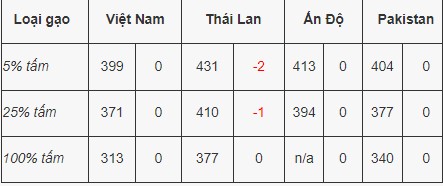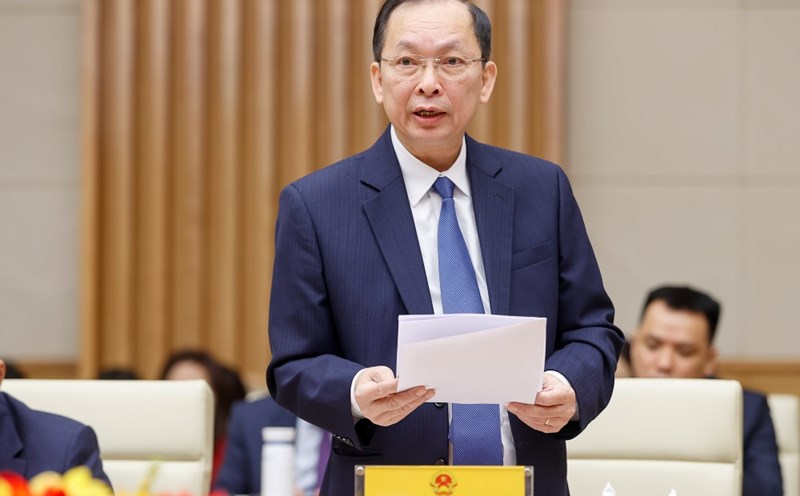The Ministry of Agriculture and Rural Development said that in January, Vietnam exported about 500,000 tons of rice, earned 308 million USD, up 1% in volume but decreased by 10.4% in value over the same period last year.
According to the Vietnam Food Association (VFA), from the peak in the middle of August 8.2023 with 700 USD/ton, the price of rice exported in our country has dropped and dropped to the lowest level in the past 3 years (down to 43. %).
In the latest trading session (7.2), VFA listed 5% of exported rice price to 399 USD/ton, lower than the same Thai rice of Thailand 32 USD, India 14 USD and Pakistan 5 USD.

One of the main reasons for this decline is that India has returned to the rice export market after two limitations. This increases the supply of rice in the international market, creating competitive pressure for other exporting countries, including Vietnam. In addition, the world rice inventory is currently high, especially in India, where there is a record amount of rice reserves.
In addition, large import markets such as the Philippines and Indonesia have accumulated enough rice reserves in 2024 and are now waiting for more discounted prices before continuing to buy. This leads to limited new export orders from Vietnam. Many businesses said that in February, there were no new orders.

Favorable weather forecast abundant output, making many importers wait to buy at lower prices. This creates more pressure to reduce prices on Vietnam's export rice.
According to the forecast of the US Department of Agriculture (USDA), the global rice supply of the 2024-2025 crop will reach a record of 527.6 million tons, mainly thanks to the increase in output in India and China. Global rice consumption also increased to 526.4 million tons, but the output exceeded the demand to help the market shift from a deficit to a surplus after three years of shortage. This can continue to create pressure to reduce prices on Vietnam's export rice in the near future.
Facing this situation, Vietnam's rice export enterprises need to be flexible in market access strategy, product quality improvement and new market search to maintain and expand market share.











